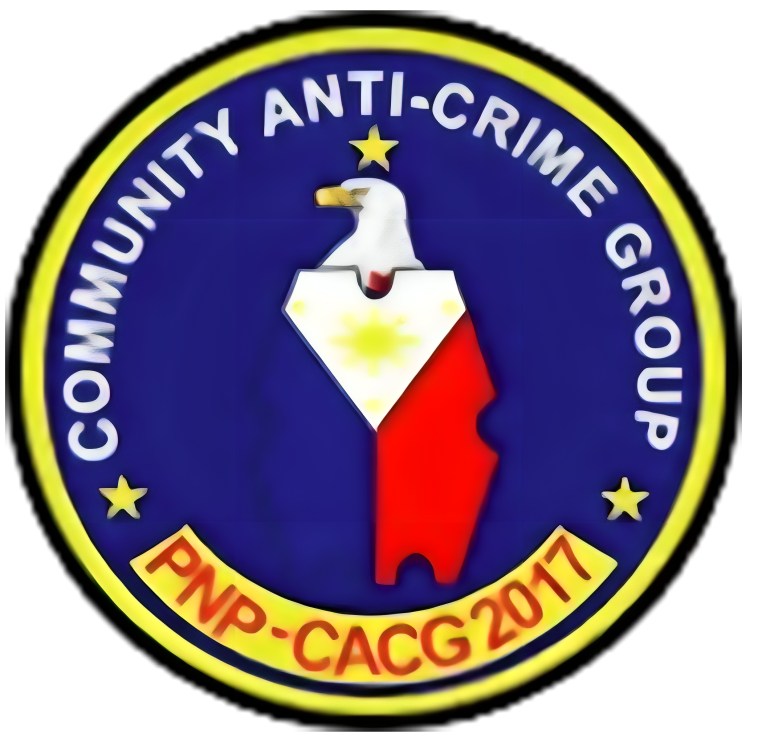Introduction
In a rapidly evolving security landscape, the Philippine National Police (PNP) faces increasing demands in safeguarding communities across the country. With finite resources and personnel, a strategic approach is essential to effectively maintain peace and order. One of the most impactful innovations in policing strategy is the concept of force multipliers (CACG) — organized groups and institutional partners that support the PNP’s mission in ensuring public safety.
What Are Force Multipliers?
Force multipliers are non-police groups or individuals that extend the reach and effectiveness of the PNP without requiring a direct increase in police manpower. These may include:
- Barangay Tanods (Village Watchmen)
- Civil Society Organizations (CSOs)
- Volunteer Groups
- Religious and Civic Organizations
- Security Guards
- Transport Groups
- Academic Institutions
- Youth and Women’s Councils
They serve as community partners who assist in crime prevention, surveillance, crowd control, information gathering, emergency response, and dissemination of safety-related education.
Why Force Multipliers Matter
1. Extending Operational Reach
With thousands of barangays across the Philippines, it is logistically impossible for the PNP to maintain constant visibility in every area. Force multipliers serve as eyes and ears on the ground, covering more areas than police alone could manage.
2. Community Engagement
These groups help bridge the gap between police and the public, promoting trust and transparency. This community-oriented policing approach fosters shared responsibility in maintaining peace and order.
3. Cost-Effectiveness
Rather than increasing the size of the police force — which involves training, salaries, and logistics — force multipliers provide efficient manpower support without significantly increasing government spending.
4. Real-Time Intelligence Gathering
Local volunteers and institutional partners can quickly alert authorities about suspicious activities, potential crimes, or emergencies, allowing the PNP to respond proactively and prevent incidents before they escalate.
5. Improved Public Relations
A visible collaboration between the PNP and community groups reassures citizens that law enforcement is inclusive, participative, and proactive, improving overall perception and cooperation.
Key Roles and Functions of Force Multipliers
- Patrol augmentation during events, holidays, or high-risk periods
- Disaster response and coordination during typhoons, fires, or public health crises
- Information dissemination of safety protocols and government announcements
- Reporting and documentation of local incidents and disturbances
- Participation in community forums and dialogues
PNP Support and Oversight
The PNP ensures that all force multipliers are:
- Properly screened and accredited
- Given orientation and basic training
- Assigned roles within the scope of the law
- Regularly monitored and supervised by police units
Coordination is often done through Police Community Relations (PCR) Officers, who serve as liaisons between the PNP and the civilian force multipliers.
Challenges and Considerations
While force multipliers are valuable, they must operate under clear guidelines to avoid:
- Unauthorized enforcement or misuse of power
- Security and privacy violations
- Partisanship or involvement in local conflicts
Hence, strong accountability systems and continuous education and training are necessary.
Conclusion
Force multipliers are not a replacement for professional policing but a strategic enhancement of the PNP’s capabilities. By empowering citizens and institutions to take part in public safety, the PNP builds a collaborative, inclusive, and effective law enforcement model.
As the nation moves forward, the concept of force multipliers will continue to evolve as an integral part of community-oriented policing — reinforcing the idea that safety and security are everyone’s responsibility.






 then choose "Install".
then choose "Install".